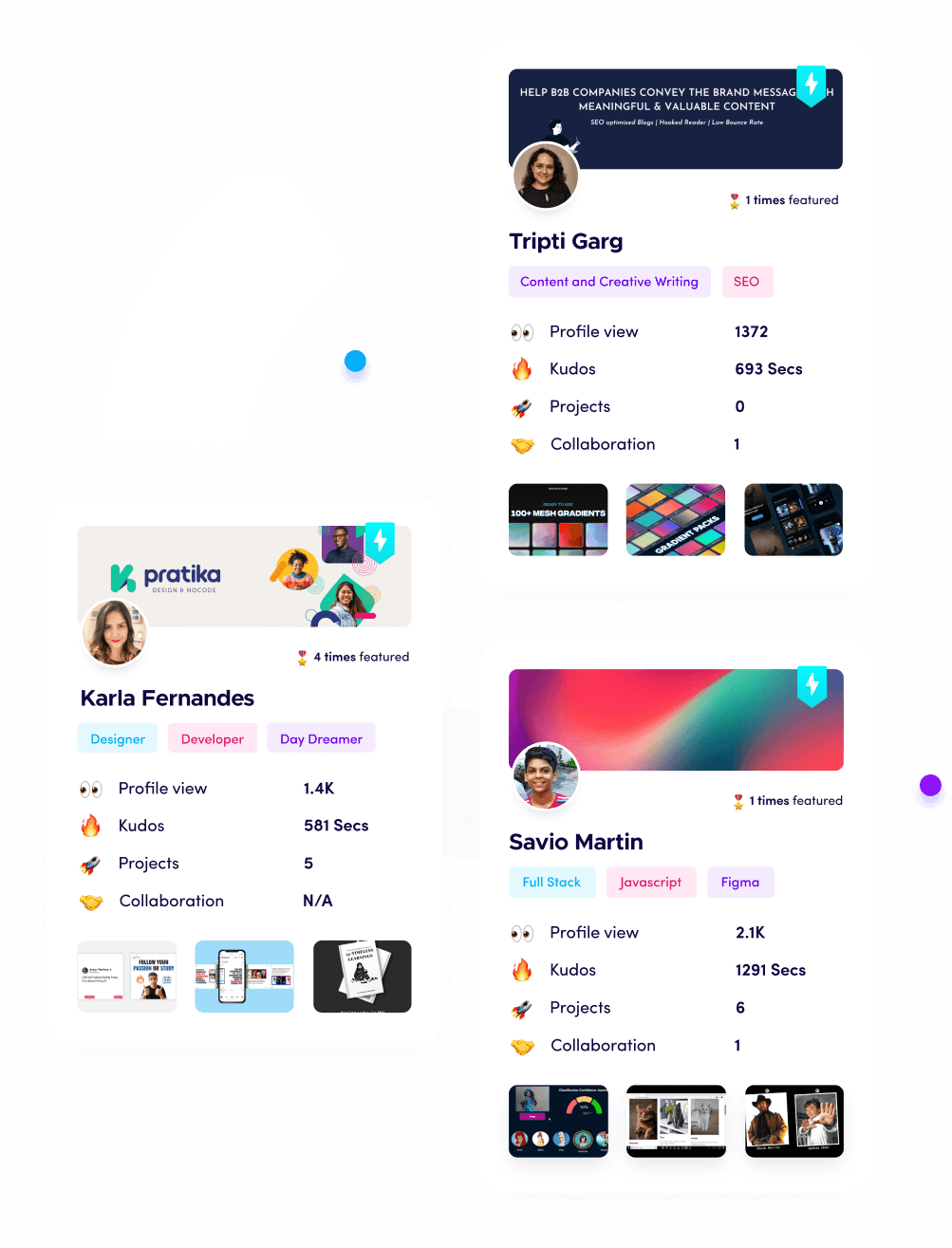How to Build a Portfolio That Lands Copywriting Jobs

Riten Debnath
17 Jun, 2025

Want to get hired as a copywriter in 2025—even if you have zero experience or connections? Your portfolio is your golden ticket. It’s what clients and companies look at first, and it’s the fastest way to prove you have the skills they need. Here’s your step-by-step guide to building a copywriting portfolio that actually gets you interviews, gigs, and long-term clients.
I’m Riten, founder of Fueler, a platform that helps freelancers and professionals get hired through their work samples. In this article, I’ll show you exactly how to create a portfolio that stands out in 2025. Remember, it’s not just about having a bunch of writing samples—your portfolio is your proof of skill, your credibility, and your shortcut to trust. Let’s make yours impossible to ignore.
Why a Standout Portfolio Is the Key to Copywriting Success
In 2025, hiring managers and clients care less about your degrees or job titles and more about your actual work. A strong portfolio lets them see your writing style, your thinking process, and your ability to solve real problems. It’s your chance to control your first impression and show exactly why you’re the right person for the job. The better your portfolio, the higher your chances of landing better projects, higher rates, and more consistent work.
1. Start with Your Best Work—Even If It’s Self-Initiated
You don’t need a long list of clients to build a great portfolio. Create writing samples for imaginary brands, rewrite ads from companies you love, or volunteer to help nonprofits. The goal is to show your range and ability to tackle real-world copywriting challenges. Each sample should highlight your strengths, whether it’s persuasive writing, storytelling, or clear calls-to-action.
Why This Step Matters for Copywriters:
Clients and employers want to see how you think and write, not just where you’ve worked. Self-initiated projects prove you’re proactive and creative, and they fill the gap when you’re just starting out.
Key Points:
- Create 5-8 strong samples across different formats (web, email, ads)
- Focus on quality and variety, not just quantity
- Update your work as your skills improve
2. Show a Range of Copywriting Styles and Formats
A winning portfolio includes more than one type of writing. Include website copy, email campaigns, social media posts, product descriptions, and even video scripts if you can. This shows you’re versatile and ready for any assignment. For each piece, explain the brief, your approach, and the results you aimed for or achieved.
Why This Step Matters for Copywriters:
Clients need writers who can adapt to different platforms and audiences. Showing range proves you’re flexible, resourceful, and able to handle whatever comes your way.
Key Points:
- Include at least three different types of copy
- Add a short explanation or case study for each sample
- Highlight results, metrics, or feedback if available
3. Organize and Present Your Portfolio Professionally
How you present your work is just as important as the writing itself. Use a clean, easy-to-navigate format. Group similar samples together, use clear headings, and make sure your contact info is easy to find. If possible, build your portfolio on a platform like Fueler, which is designed for assignment-based hiring and makes it easy for clients to review your work quickly.
Why This Step Matters for Copywriters:
A well-organized portfolio shows you care about user experience and professionalism. It also makes it easier for busy clients to see your strengths and decide to reach out.
Key Points:
- Use a clean, simple layout with clear navigation
- Group samples by type or industry
- Make your contact details prominent
4. Add Context, Strategy, and Results to Each Sample
Don’t just drop in your writing—tell the story behind each piece. Explain the brief, the target audience, your strategy, and what you wanted to achieve. If you have data or feedback, share the results. This context helps clients understand your thinking and see the value you bring beyond just words.
Why This Step Matters for Copywriters:
Clients want to know you can think strategically, not just write. Explaining your process and results proves you understand business goals and can deliver real impact.
Key Points:
- Write a short background for each sample
- Share your strategy and creative choices
- Include results, metrics, or testimonials when possible
5. Keep Your Portfolio Updated and Relevant
Your portfolio should grow with your skills. Replace older or weaker samples with stronger, more recent work. Add new projects, experiment with new formats, and keep your presentation fresh. Regular updates show you’re active in the field and committed to continuous improvement.
Why This Step Matters for Copywriters:
A stale portfolio can turn off potential clients. Keeping your work current demonstrates ambition, growth, and a passion for your craft.
Key Points:
- Review and refresh your portfolio every few months
- Remove outdated or less impressive work
- Add new skills, certifications, or testimonials as you grow
6. Use Fueler to Build and Share Your Portfolio
Fueler is built for modern copywriters who want to get hired through their work, not just their resume. With Fueler, you can organize your best samples, add context and results, and create a portfolio that’s easy to share with companies looking for assignment-based talent. Many top brands now hire directly from platforms like Fueler, so having your portfolio here gives you a real edge.
Why This Step Matters for Copywriters:
A professional, assignment-based portfolio on Fueler helps you stand out, get discovered, and land better jobs—especially in a competitive market.
Key Points:
- Use Fueler to organize, present, and share your work
- Highlight your best projects and results
- Make it easy for clients to contact and hire you
Final Thoughts
Your portfolio is your most powerful tool as a copywriter in 2025. It’s your chance to show, not just tell, what you can do. Focus on quality, variety, and clear presentation. Keep it updated, add context and results, and use platforms like Fueler to get noticed by the right people. With a standout portfolio, you’ll open doors to better gigs, higher rates, and a thriving copywriting career.
FAQs
1. What should I include in my copywriting portfolio in 2025?
Include your best writing samples across different formats, with context, strategy, and results for each piece.
2. How do I build a portfolio if I have no copywriting clients yet?
Create self-initiated projects, rewrite ads for brands you admire, or volunteer for nonprofits to build your first samples.
3. How many samples should a copywriting portfolio have?
Aim for 5-8 high-quality samples that show your range and strengths.
4. What is the best platform for a copywriting portfolio?
Fueler is a top choice for assignment-based portfolios, but you can also use your own website or platforms like Behance.
5. How often should I update my copywriting portfolio?
Review and refresh your portfolio every few months, replacing older work with stronger, more recent samples.
What is Fueler Portfolio?
Fueler is a career portfolio platform that helps companies find the best talents for their organization based on their proof of work.
You can create your portfolio on Fueler, thousands of freelancers around the world use Fueler to create their professional-looking portfolios and become financially independent. Discover inspiration for your portfolio
Sign up for free on Fueler or get in touch to learn more.


